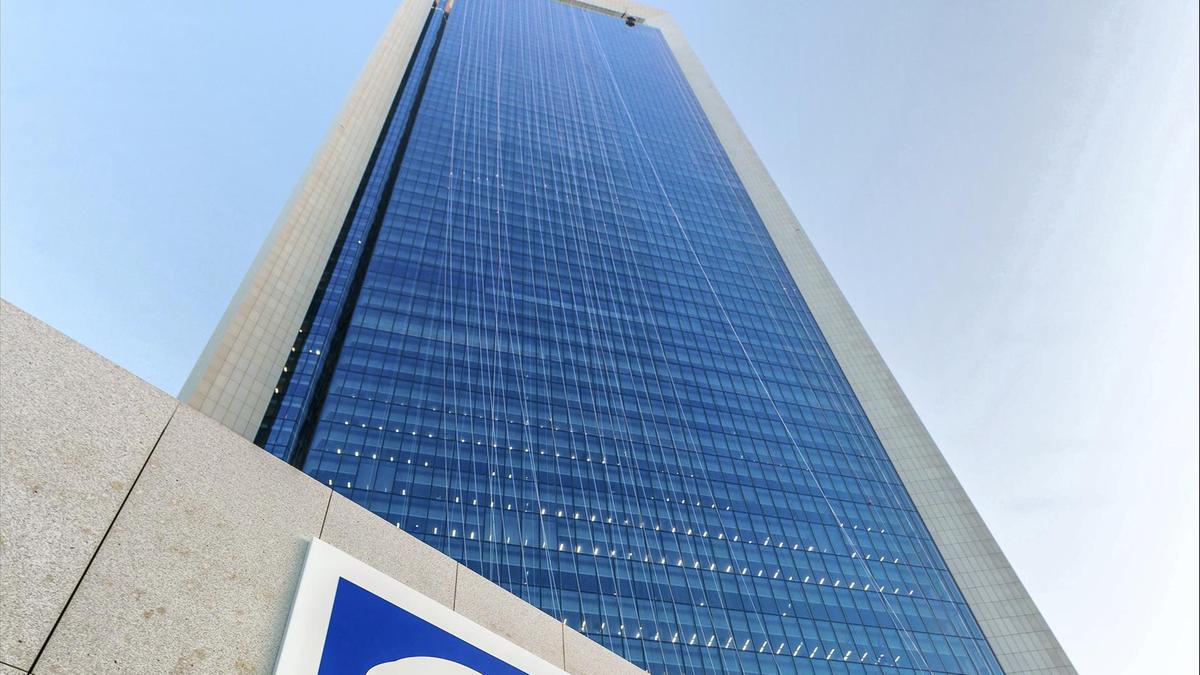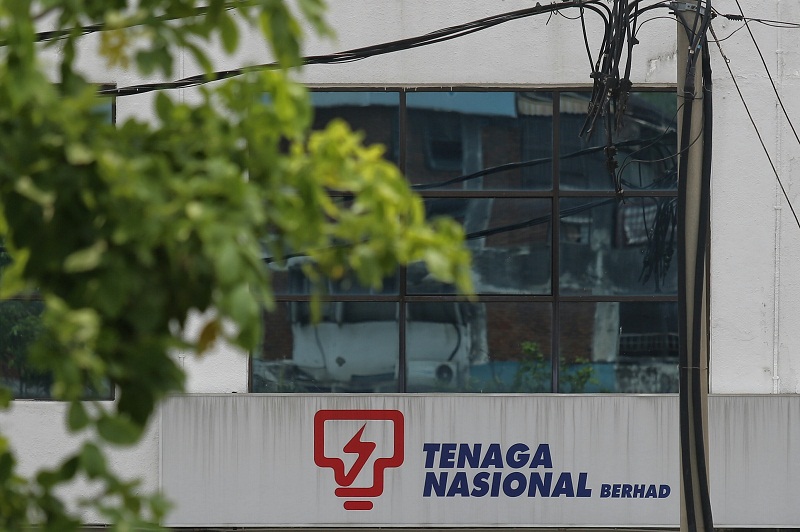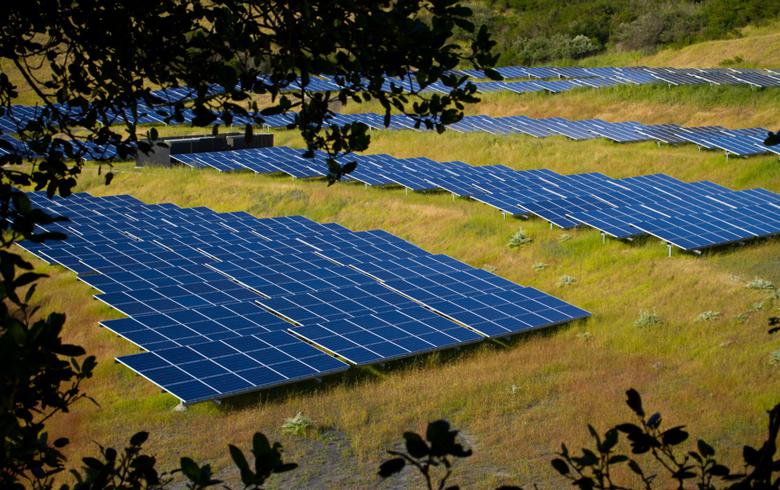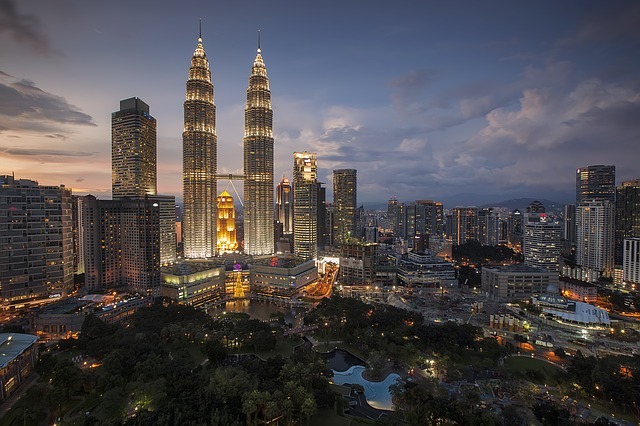Yesterday, the CEO of Temasek Holdings Ho Ching shared an article published on Today that outlines several measures Singapore can embrace to be active in the fight against climate change. The article, written by Group Chief Executive and Co-Founder of Sindicatum Sustainable Resources, Assaad W Razzouk proposed that the government mandate temperature settings in buildings, ban single-use plastic, embrace electric mobility, and back renewable energy and reforestation among other measures.
Ho Ching, as we know, shares many posts on her Facebook page each day. This one, however, stands out because of her comments on the story and the fact that she engaged with a commenter.
In her post, Mdm Ho countered these strong measures suggested by the author of the Today article, saying “Even if SG completely shuts down, and all of us collectively stops breathing, it won’t stop climate change, unless the whole world acts promptly and together.”
She then proposed three things that Singapore has to do to combat this pressing problem.
First, she says that Singapore has to collect data pertaining to climate change that is relevant to Singapore. Second, she says Singapore has to take measures relevant to its climate change issues – such as reducing greenhouse gas emissions. Everyone has to play their part, she says.
“[Government] is already making a move on carbon tax, which will be increased over time. MEWR has already a multilayer programme in place starting with climate awareness last year, and zero waste this year. Zero waste masterplan has been launched – we can all play a part,” she wrote.
Mdm Ho highlighted that in Singapore, the biggest issues are electronic waste, packaging waste and food waste among others. And in the context of Singapore, water and electricity efficiency should be taken into consideration.
Finally, Mdm Ho notes that the most serious consequence of global warming in Singapore is rising sea levels, which will leave the country “derelict” left unaddressed.
“Again, we need to experiment what works, what makes sense, how it can be done more sustainably and economically,” she explained.
Mdm Ho then emphasised the age-old adage which she says remains relevant: Reduce, Reuse, Recycle.
In her reply to a comment on her post, Mdm Ho reiterated that the challenge of climate change is “real and big” and that everyone has a part to play but concedes that change takes time.
She highlighted, “The S$5 per ton of CO2 emission in SG for key producers is a case in point. The producers take time to improve or change their hardware or processes, or find other solutions to reduce emissions.”
She then explained that the changes being made are “largely invisible to the public” but are meaningful nonetheless. She narrows in on packaging waste specifically, saying “we certainly can do more in terms of facilitating a good recycling culture”.
She added, “Rather than demonise all plastics, we can start with the ones most difficult to recycle – that would be styrofoam disposables for food. Other styrofoam packaging solutions would need to go upstream to the producers eg styrofoam packaging for electronic and electrical goods.”
In his National Day Rally speech this year, Mdm Ho’s husband, PM Lee Hsien Loong raised the issue of climate change. He noted that it was “one of the gravest challenges facing humankind” and acknowledged that Singapore is experiencing the impact of global warming already, warming twice as fast than the global average.
He said in his speech that Singapore would need at least S$100 billion to tackle the issue effectively and that a budget will be put aside for that.
Singapore can and should do more
While that’s commendable on the part of the government, it is ironic that while S$100 billion is being committed to fighting climate change, the Land Transport Authority (LTA) is apparently reluctant to skirt around the Central Catchment Nature Reserve(CCNR) for the new Cross Island Line. The CCNR is Singapore’s last remaining primary forest.
The LTA has released two phases of the Environmental Impact Assessment so far, still studying the matter that has been debated since 2013. The first option of building a tunnel underneath the CCNR has many environmentalists worried about the impact of both construction and operation of a rail line would have on the forest and its inhabitants. The second option which skirts around the CCNR is a longer route and would cost an estimated extra $2 billion. LTA says it is still weighing its options.
Many have argued that Singapore’s efforts on the issue of climate change could be much more aggressive than it currently is. The author of the article on Today, Mr Razzouk, highlighted several serious measures that Singapore can and should take if it wants to be on the frontlines in addressing climate change instead of just reacting to its impact.
Mr Razzouk suggested a government mandate on temperatures at shopping malls and office buildings, keeping it at a minimum of 25°C instead of the freezing cold levels it is are at now which requires more energy and leaves a bigger carbon footprint. He also suggested that building codes mandate that buildings are designed so as not to need much cooling in the first place. Additionally, he proposed a nationwide ban on single-use plastic or at least an introduction of a plastic bag fee.
Shift from fossil to electric mobility
Next, Mr Razzouk suggested that the government make a conscious effort to enhance electric mobility by converting its public transport system from being fossil-fuel-powered to electric as well as by building more bicycle lanes.
“It’s incredible that Singapore’s amazing public transit system is anchored around fossil-fuel-powered buses everywhere, gingerly polluting the air together with diesel-powered school buses and trucks and petrol-guzzling cars,” he lamented.
He noted how Shenzen, China took less than five years to transform all it’s 16,000 buses and 20,000 taxis into electric ones even with China’s GDP per capita being only 15% of Singapore’s.
Mr Razzouk’s exasperation is understandable. Just this year in January, Telsa founder & CEO Elon Musk tweeted that the Singapore government has been unwelcome to Tesla Inc. in a response to a tweet asking why his car company isn’t in Singapore.
In response, the LTA explained that while the Model S doesn’t use petrol, it still requires charging via electricity and in Singapore, electricity is still generated using fossil fuels – so the car isn’t really carbon free. The combination of the Tesla Model S power consumption and the COS emission at power plants puts the car’s emission at 222g/km, which places it in the $15,000 surcharge band of the Carbon Emissions-based Vehicle Scheme instead of a tax break, even though the car itself is carbon-free.
When prompted by another user about Singapore’s reliance on fossil fuels and their stance against electric vehicles, Mr Musk said that Singapore is actually capable of being energy-independent. So the problem here is Singapore, not Tesla.
On top of that, there’s the issue of electric cars being incredibly high. An article by Business Times pointed out in June that the Kia Niro EV in Singapore was priced at S$183,999 with Certificate Of Entitlement (COE). While electric cars themselves are expensive, the high taxes are a massive contributor to the cost.
BT explained that “the Niro EV attracts around S$80,000 in excise duty, additional registration fee and goods and services tax, to say nothing of the COE and the cost of the car itself from Kia.”
The maximum rebate for the cleanest cars under the Vehicular Emissions Scheme is S$20,000. So with pricy technology and high taxes, the car remains on the high end of vehicle prices. Basically, current policies make it difficult for people to make that switch from fossil to electric.
Divest from fossil fuels and invest in clean technology
Next, Mr Razzouk highlighted that Singapore’s wealth funds “should divest from fossil fuels worldwide by exiting investments in non-Singaporean oil, gas and coal companies.”
He suggests they ramp up their investments in clean technologies and renewable energy, and back reforestation initiatives instead, thus paving the way for more investment in green technologies. Mr Razzouk wrote, “Climate change can be solved through a combination of powering the world with renewable energy by 2050 at the latest, combined with reforestation.”
He pointed out the Costa Rican reforestation programme that successfully to rejuvenate the country’s forests, bringing up the forest cover from 26% in 1983 to 52% today.
“This Costa Rican program can be replicated in South-east Asia where Singapore’s financial muscle can, literally, create another lung for the Earth,” he asserted.
Finally, Mr Razzouk urged Singapore to lead by example and “deploy its substantial financial muscle and diplomatic prowess to back domestic and regional renewables as well as grid connectivity among neighbouring countries.”
He argued, “While Singapore’s contribution to global warming is small (its emissions are far less than other, larger economies), the city-state is wealthy and on the frontlines of the suffering that climate change inflicts.
It should, therefore, implement a comprehensive green new deal as well as push for far stronger and better financed regional efforts.”
After all the talk on fighting climate change, it appears that the current policies do not reflect the supposed eagerness displayed by the government to address this issue and set an example for other cities and nations.










